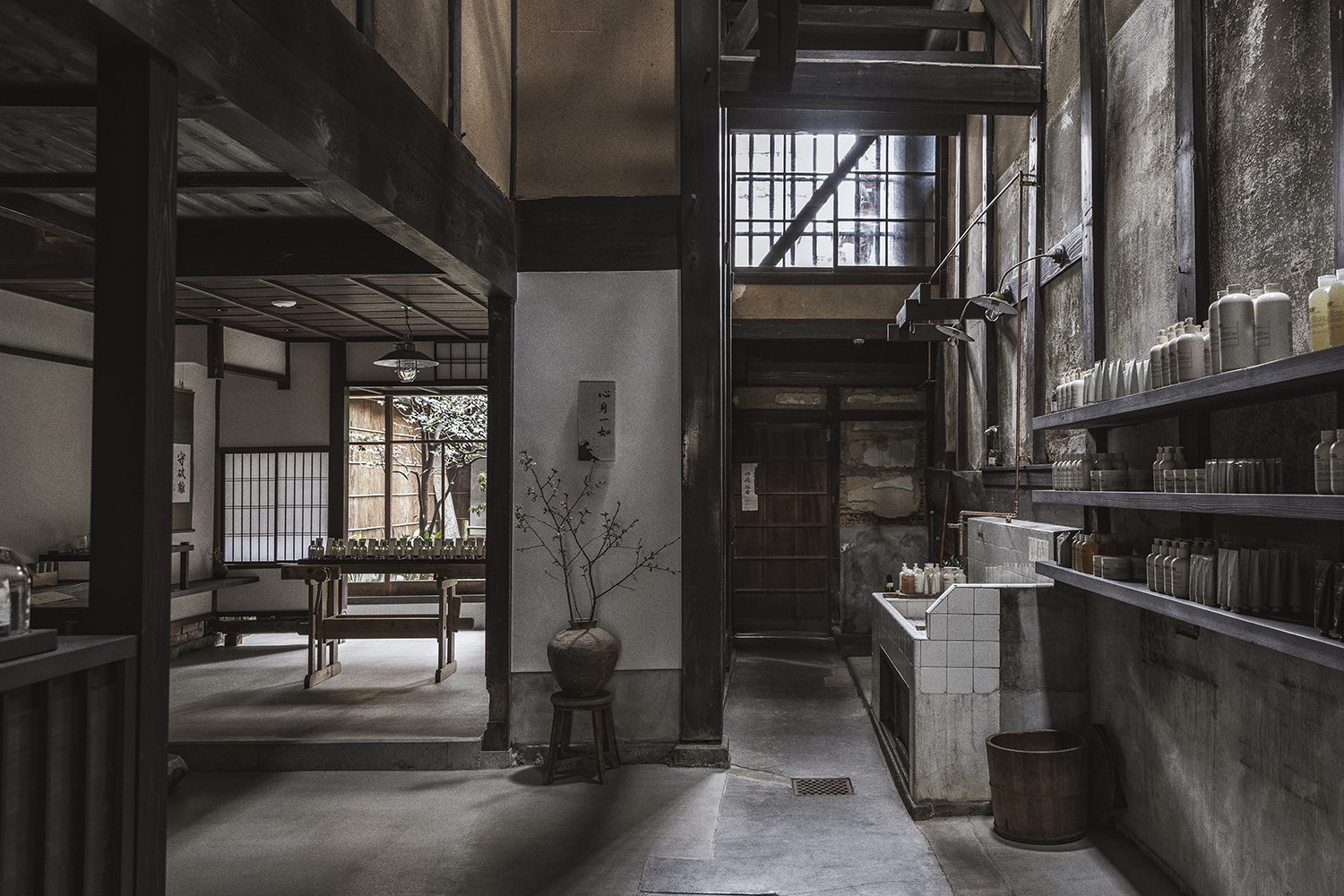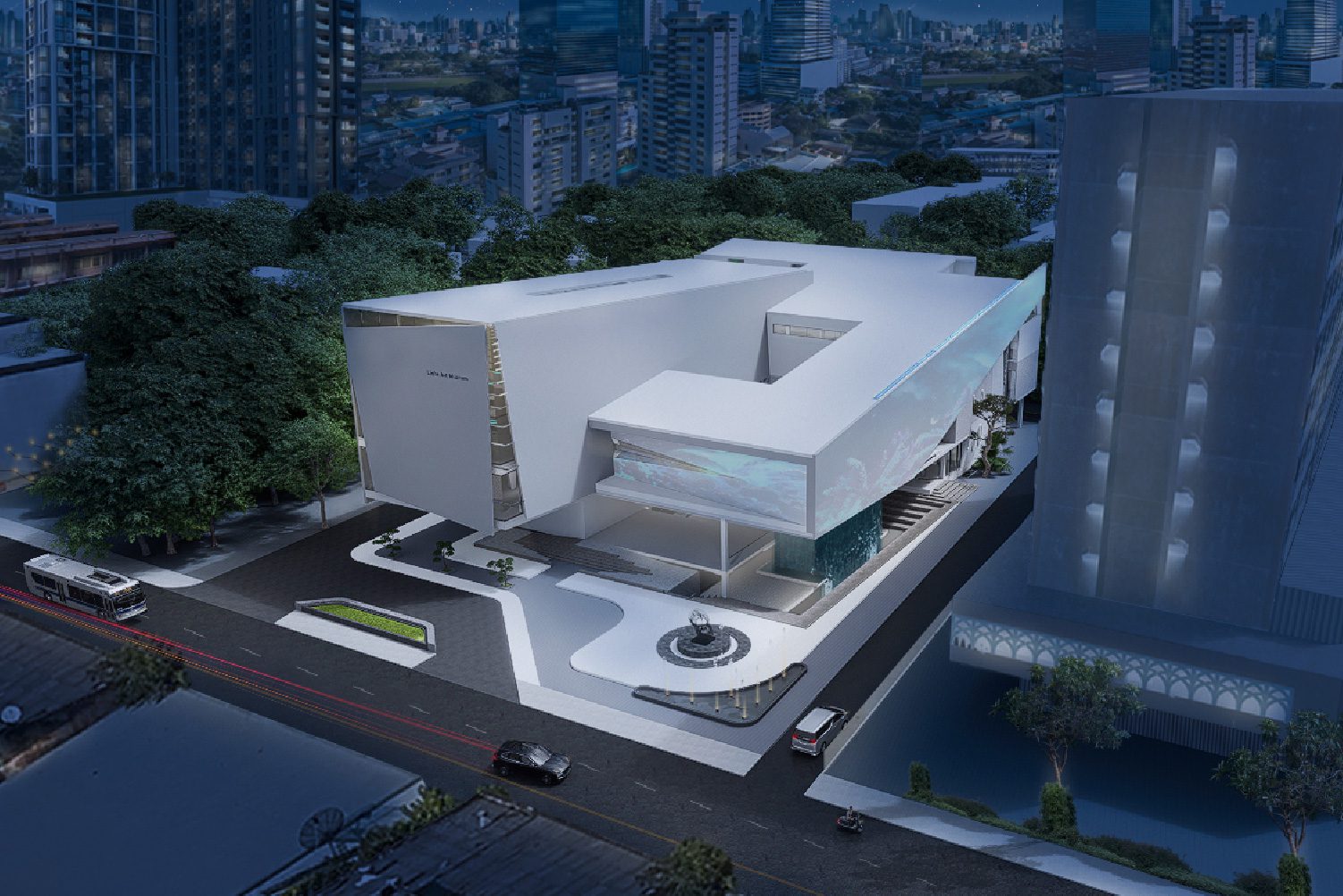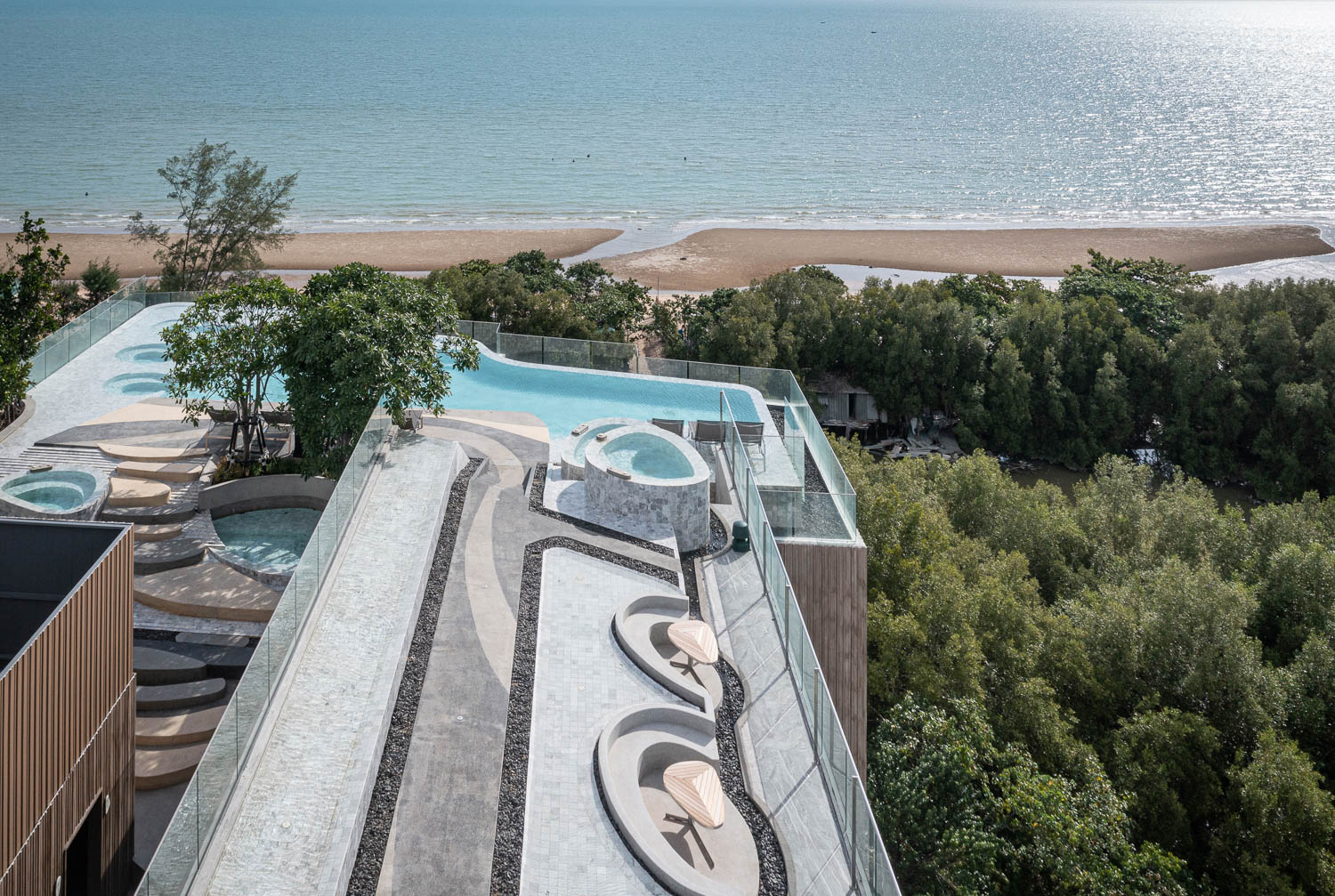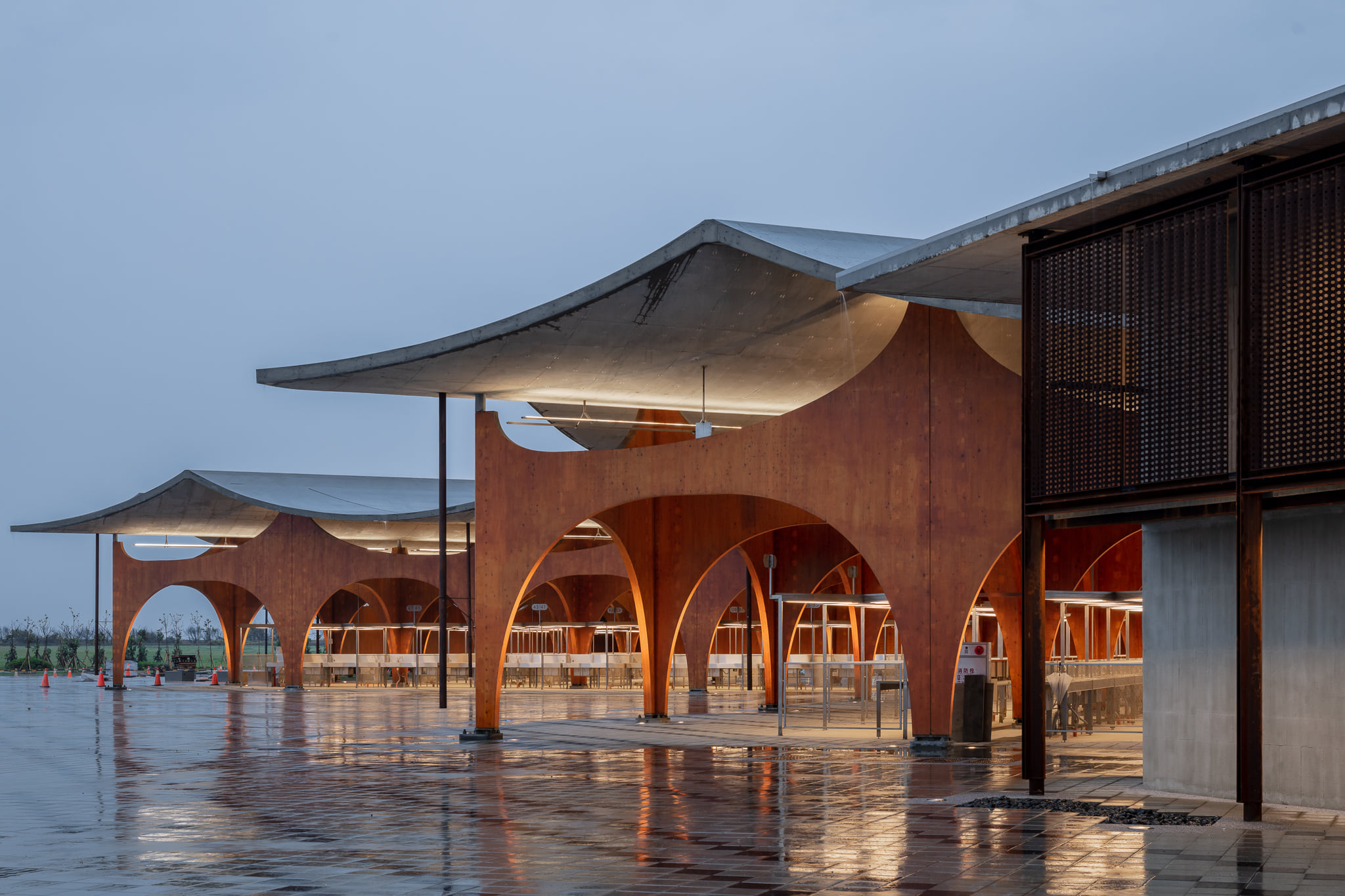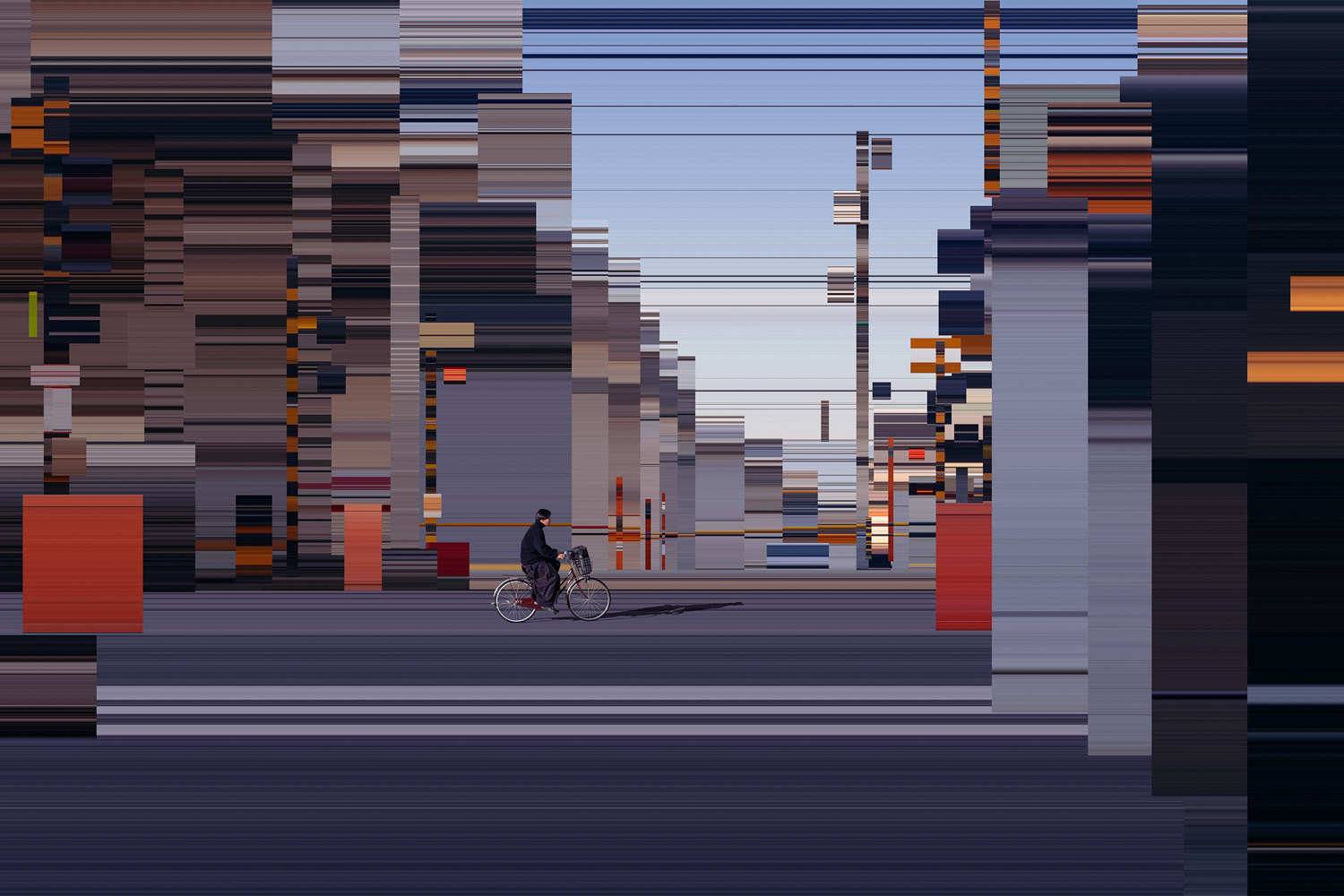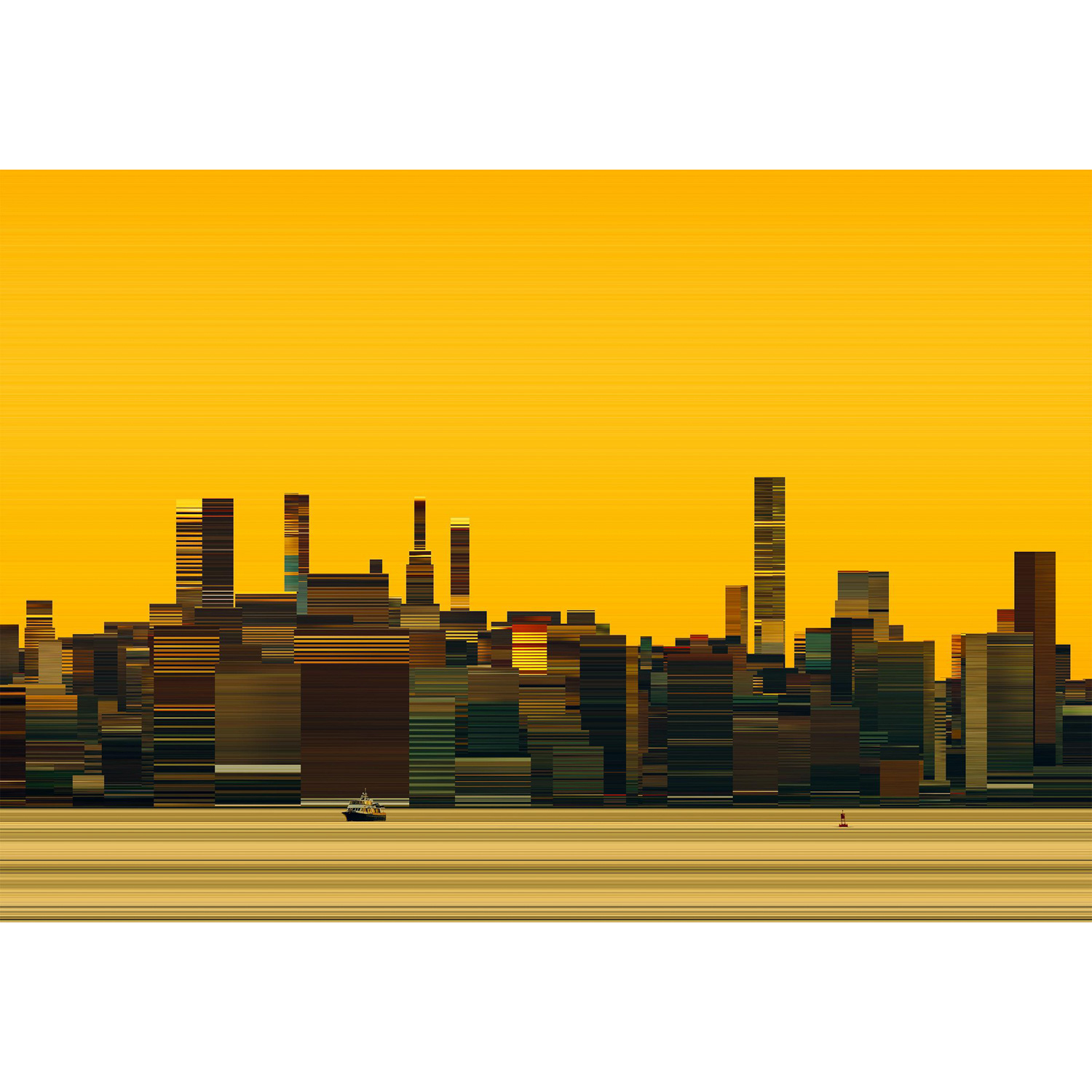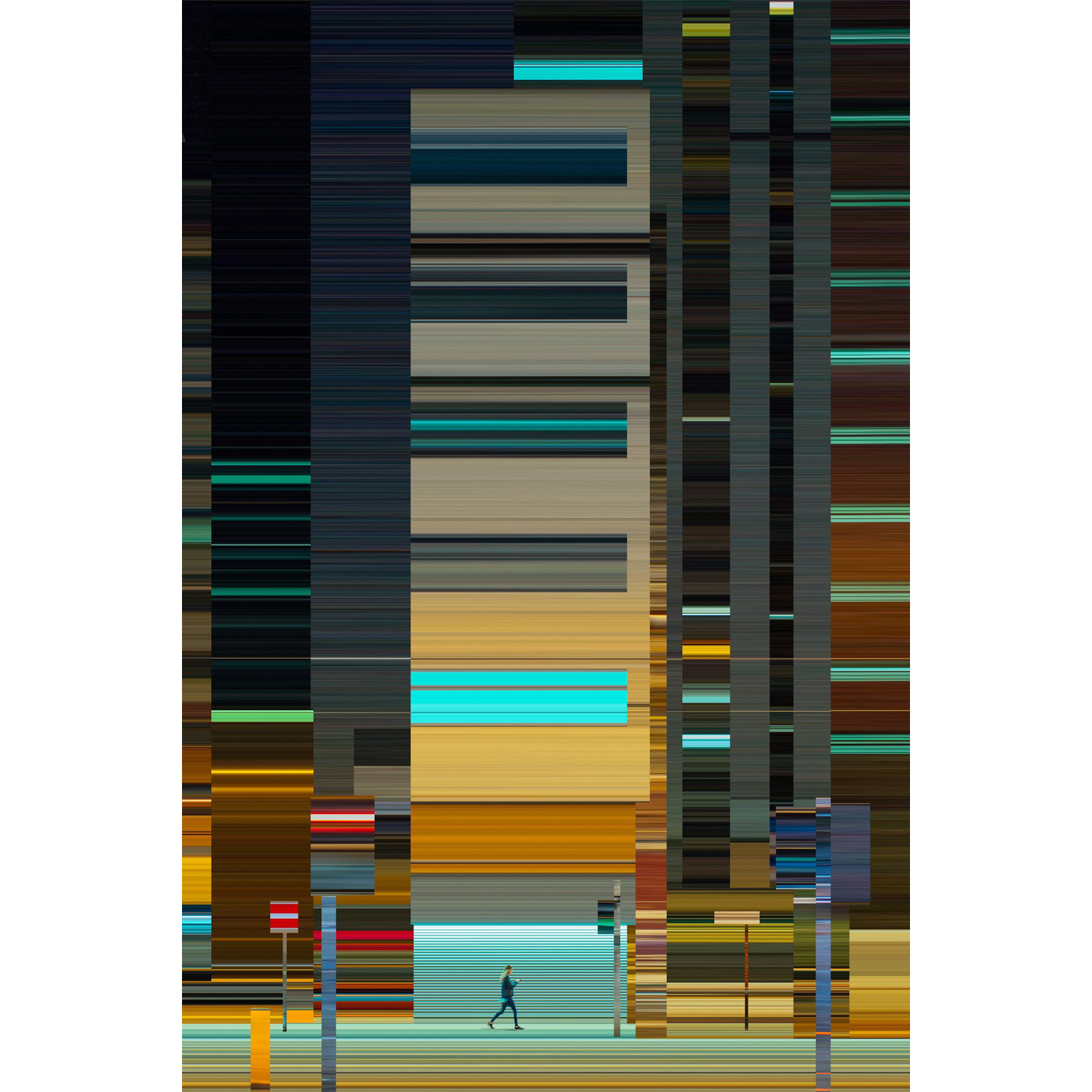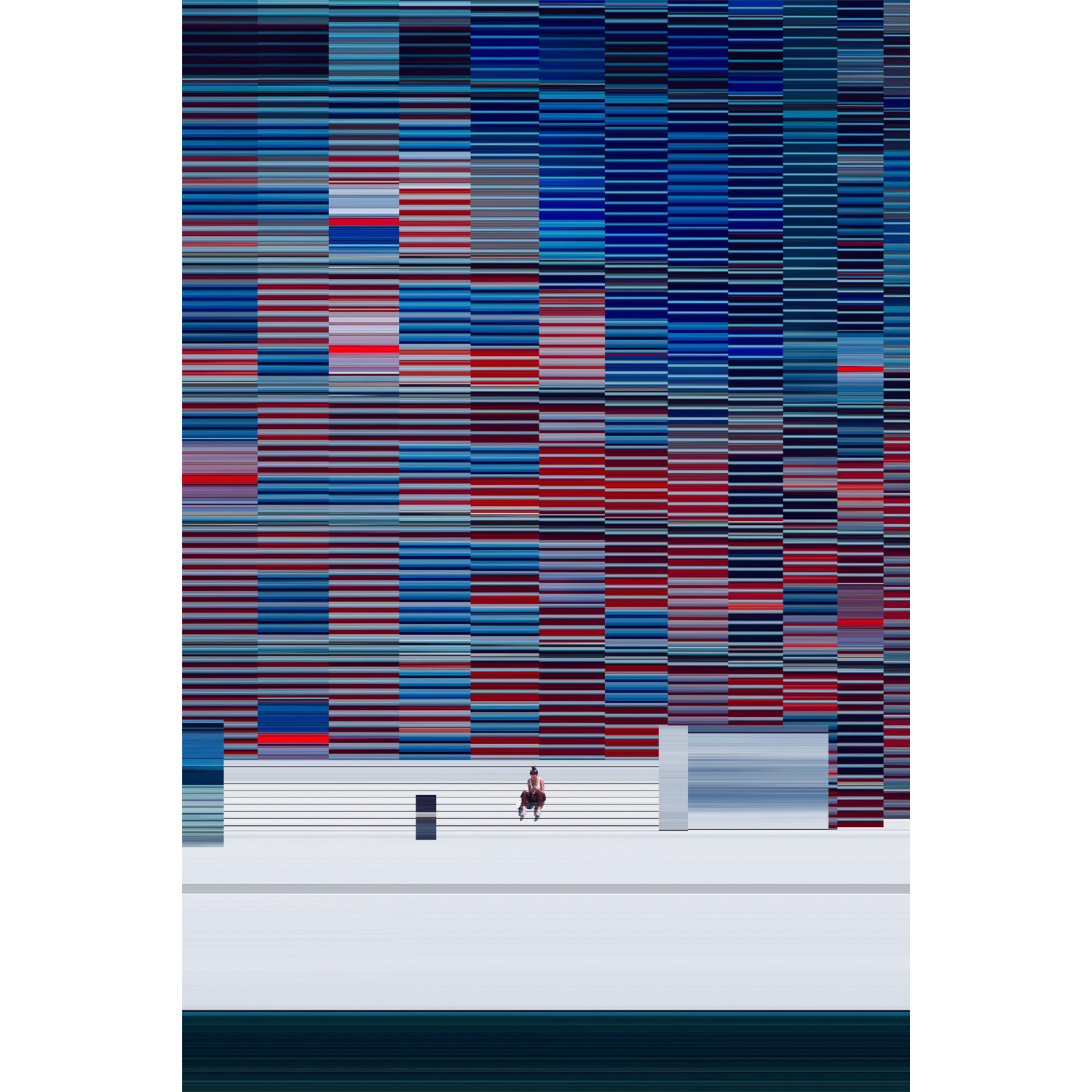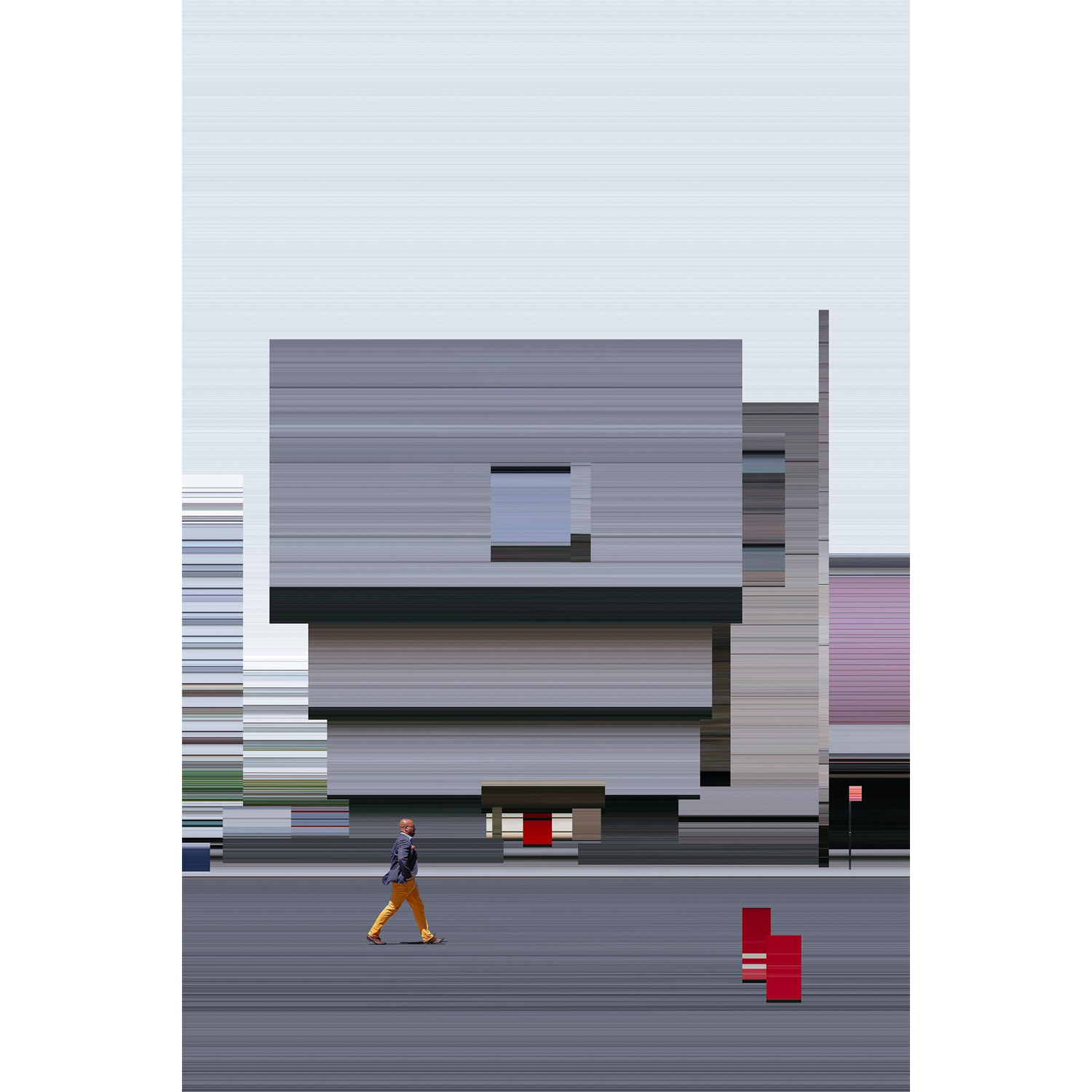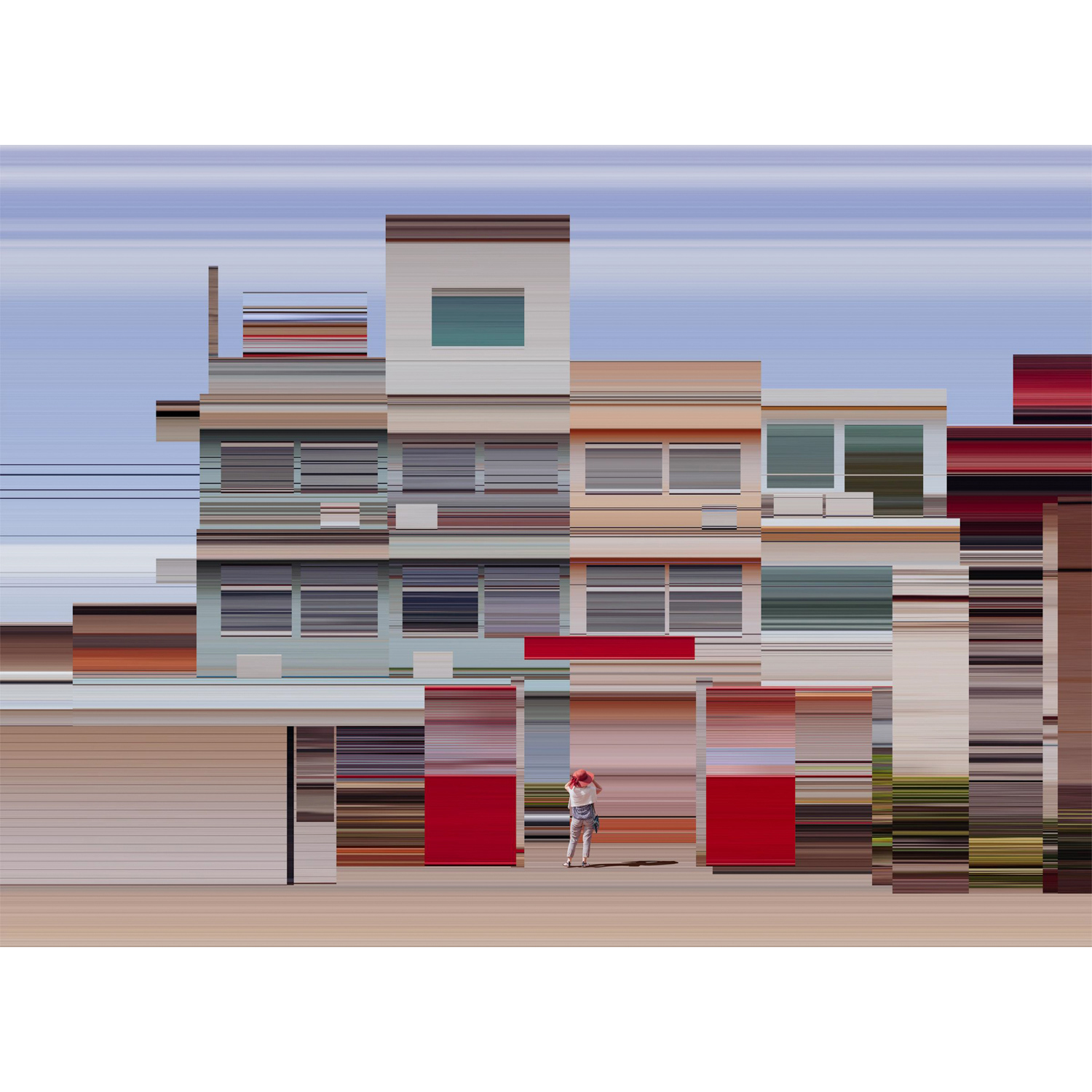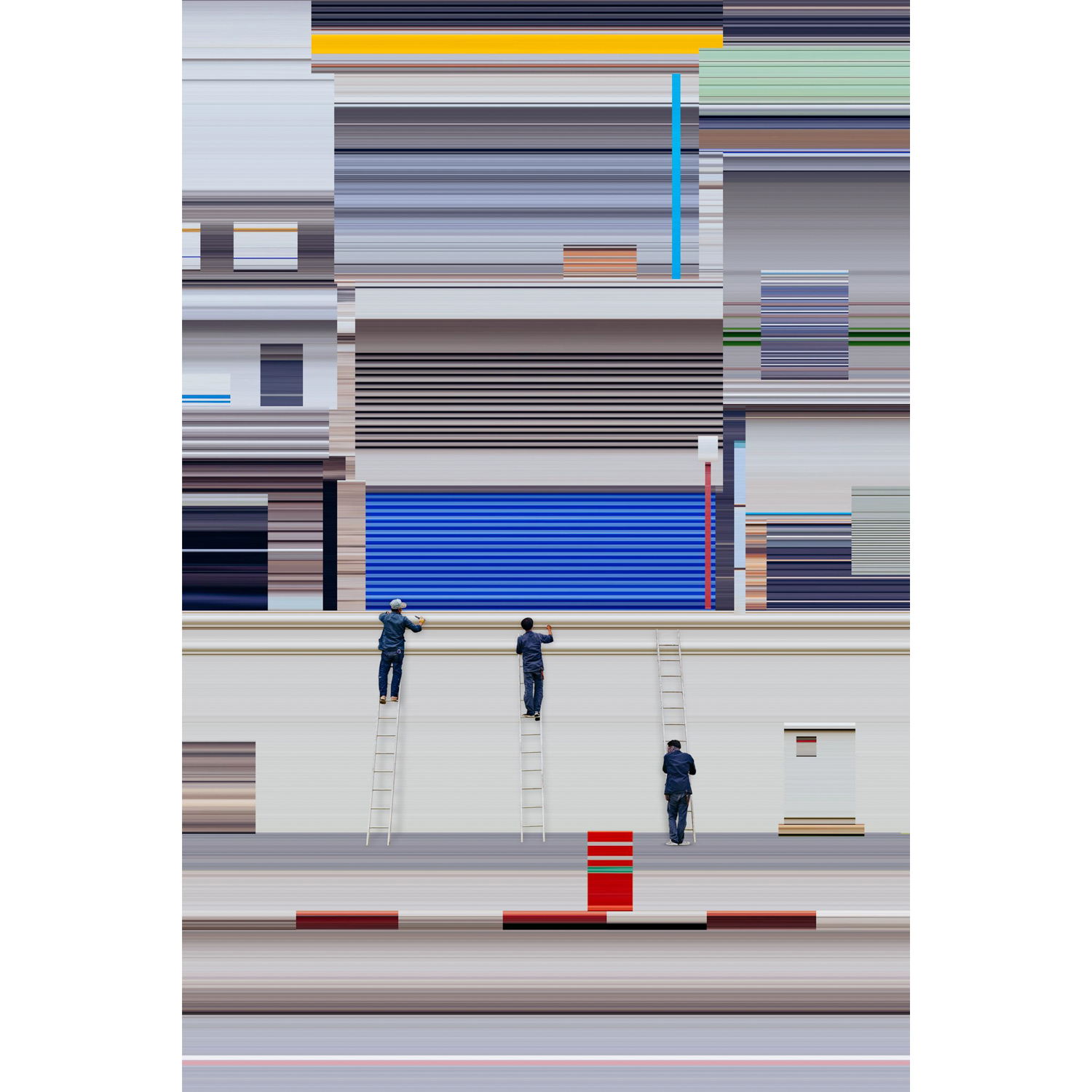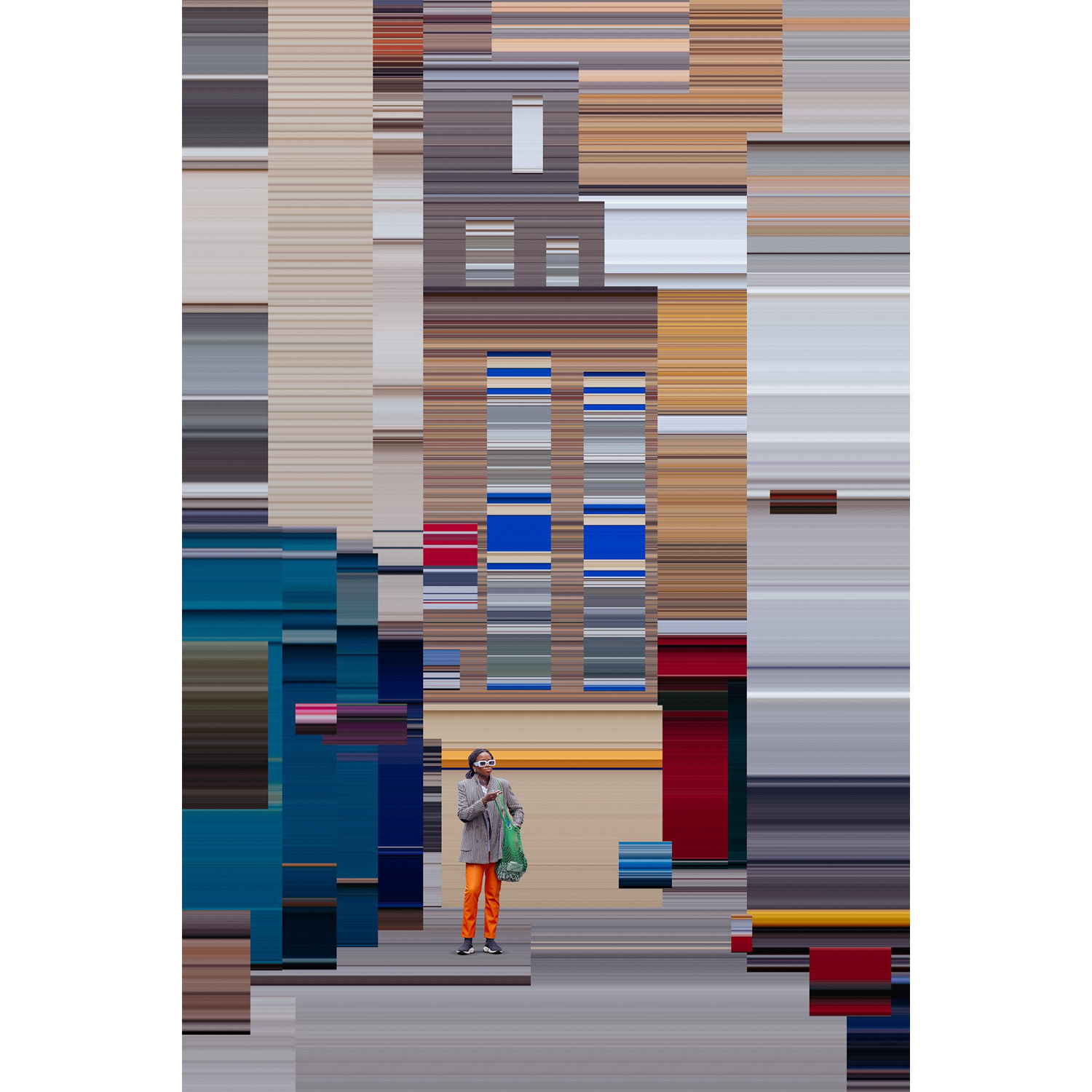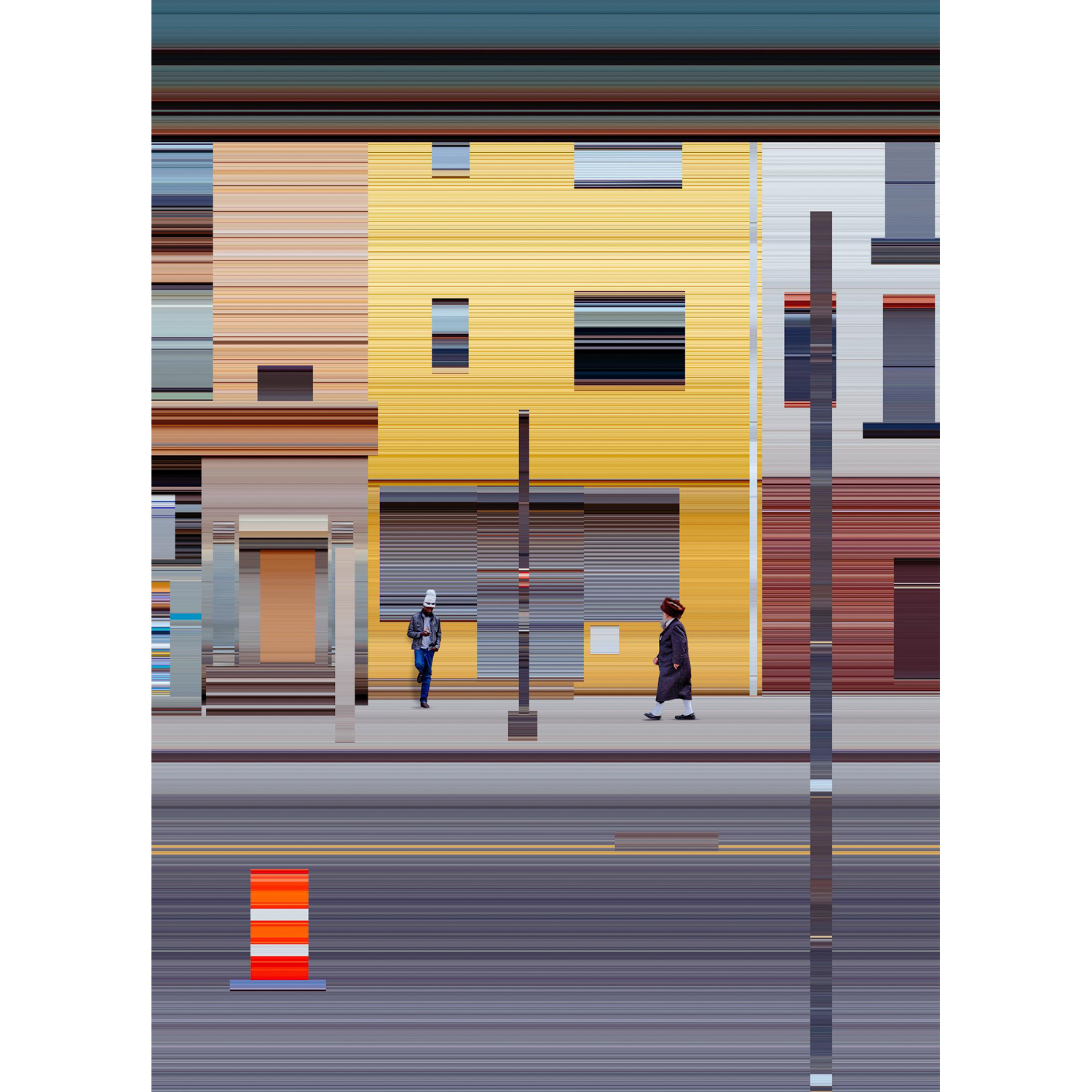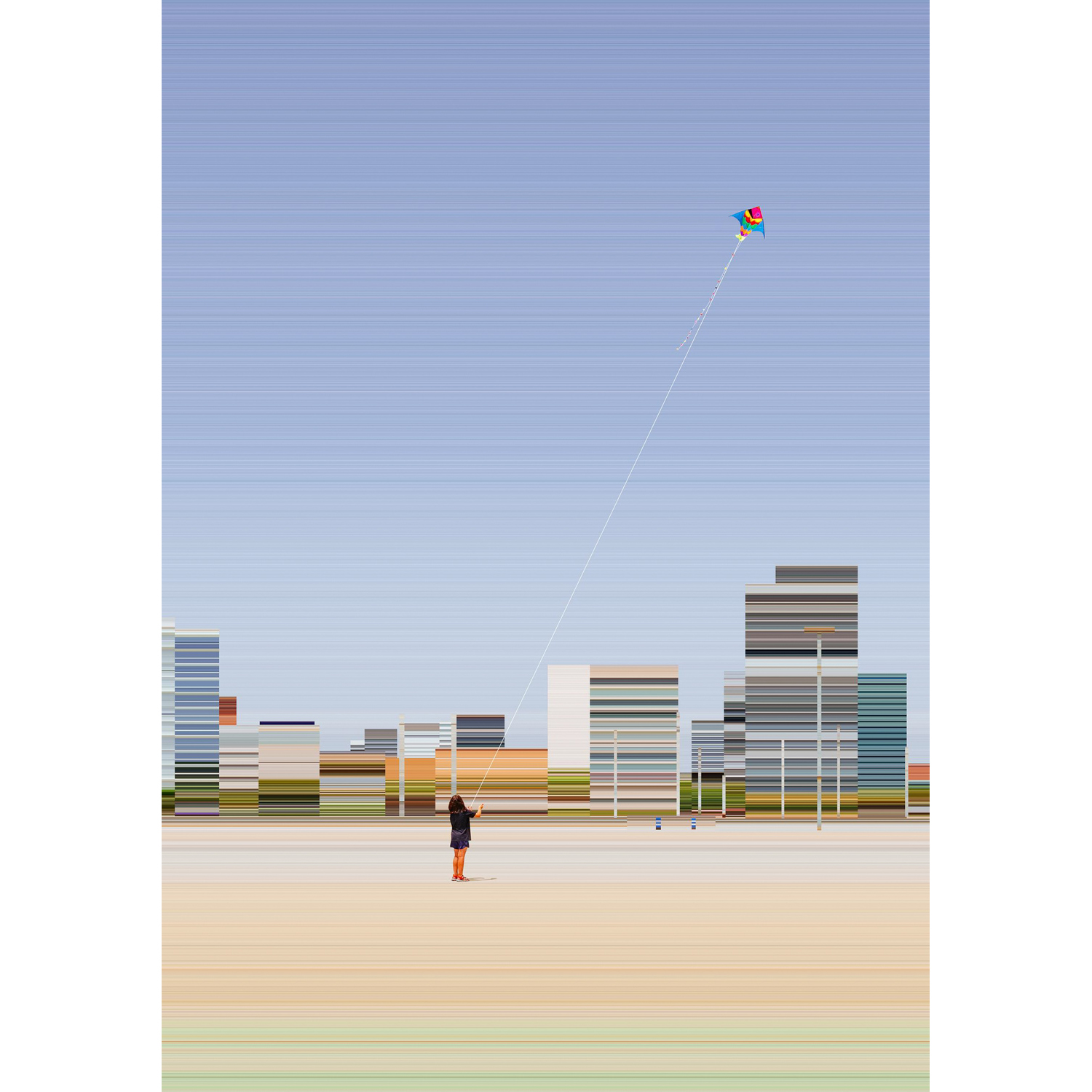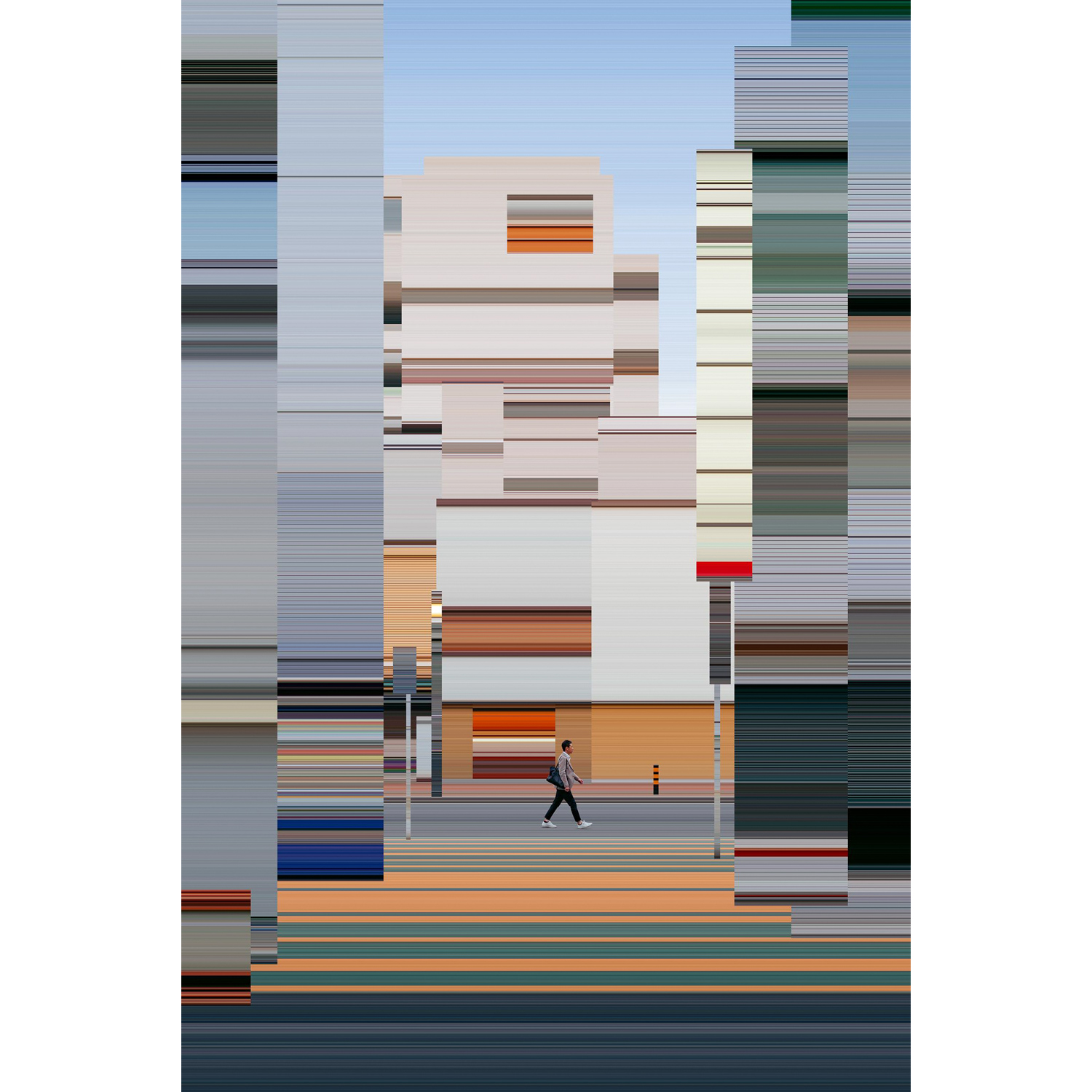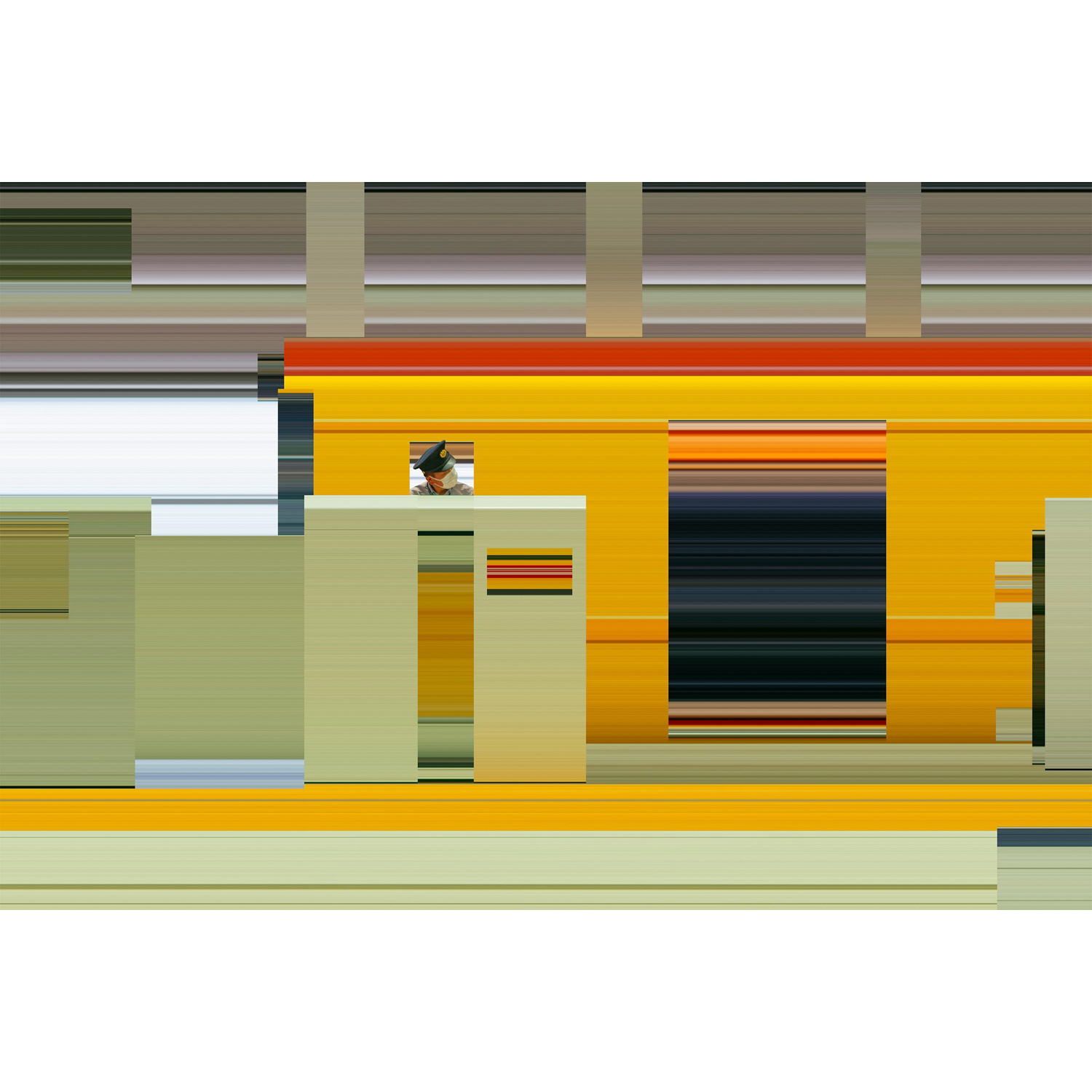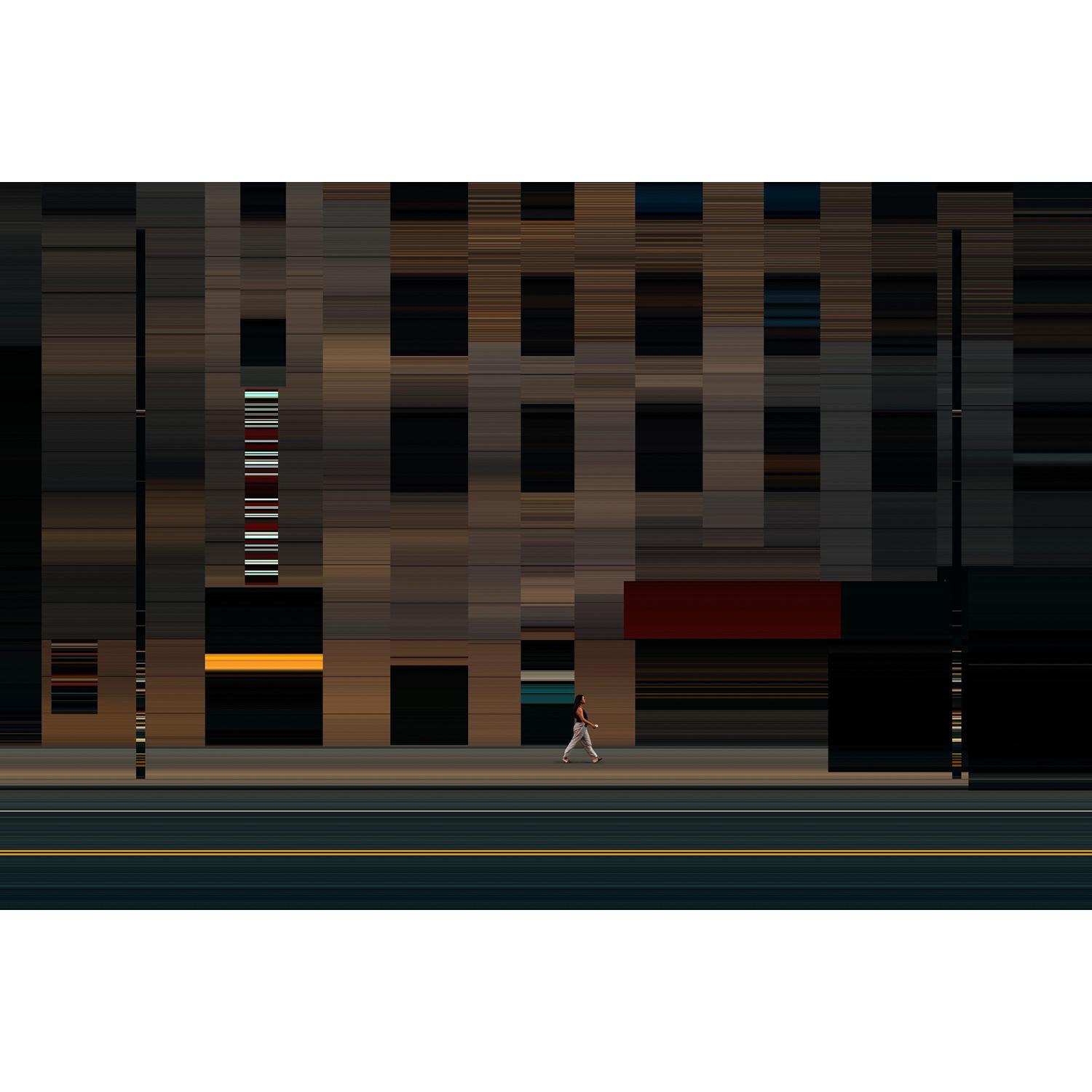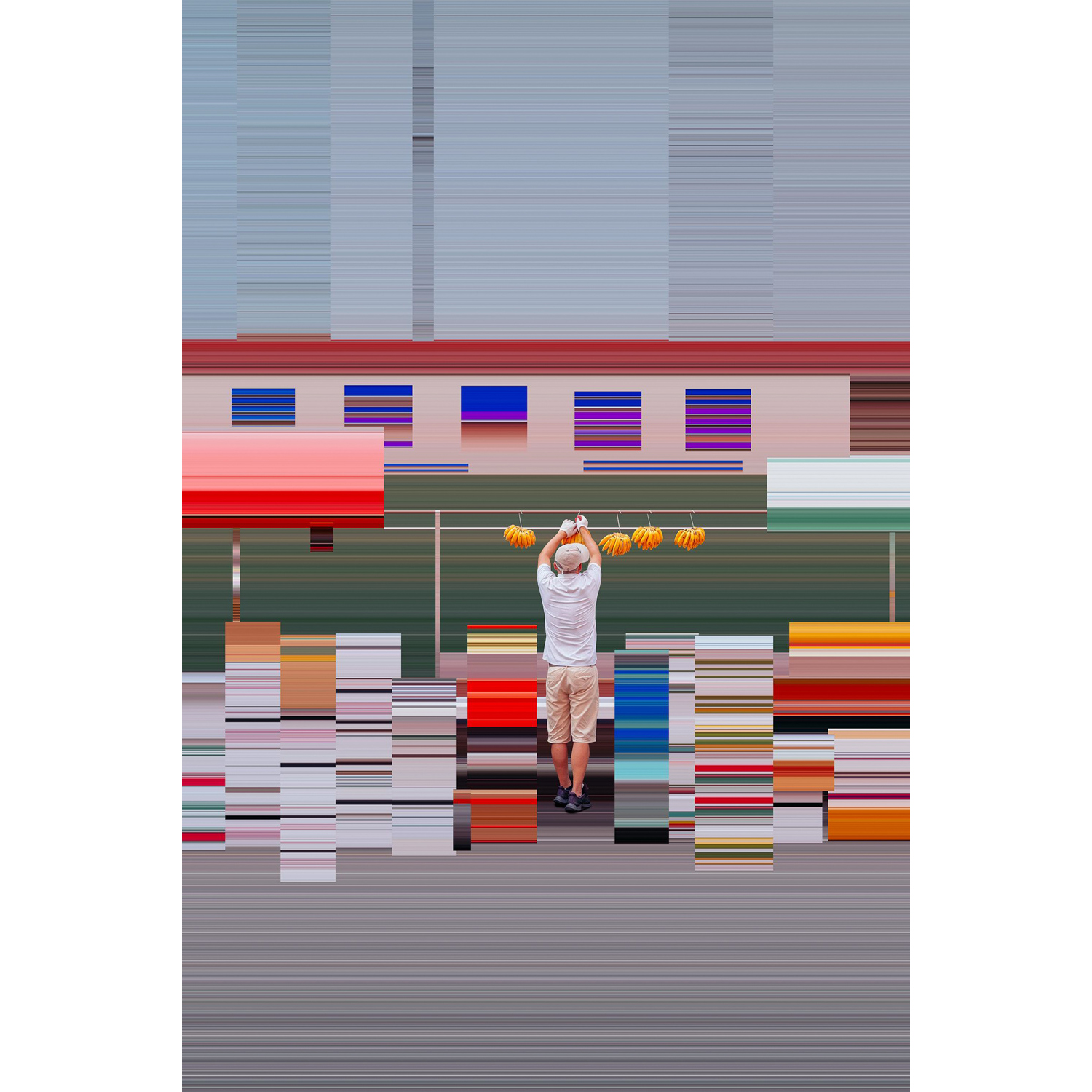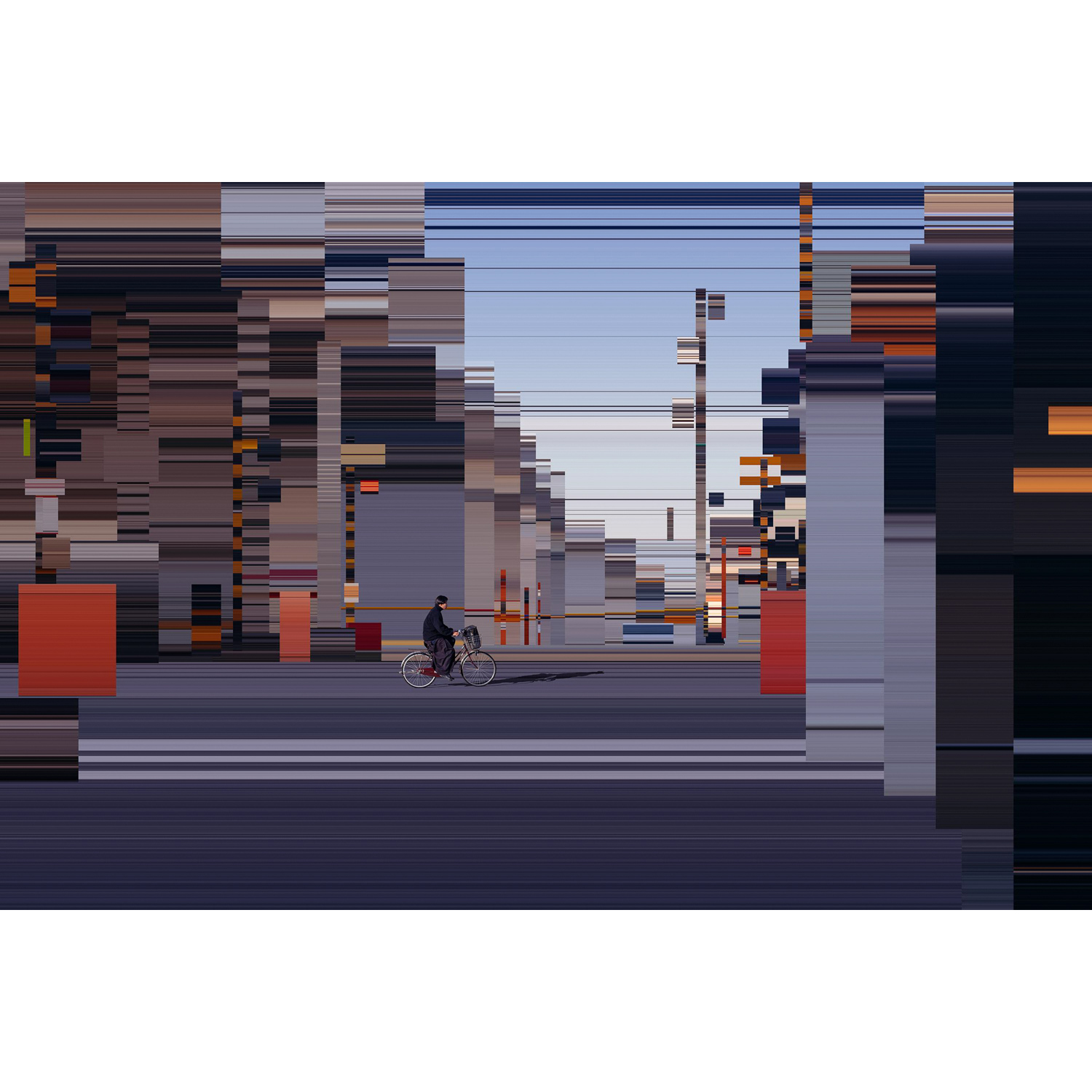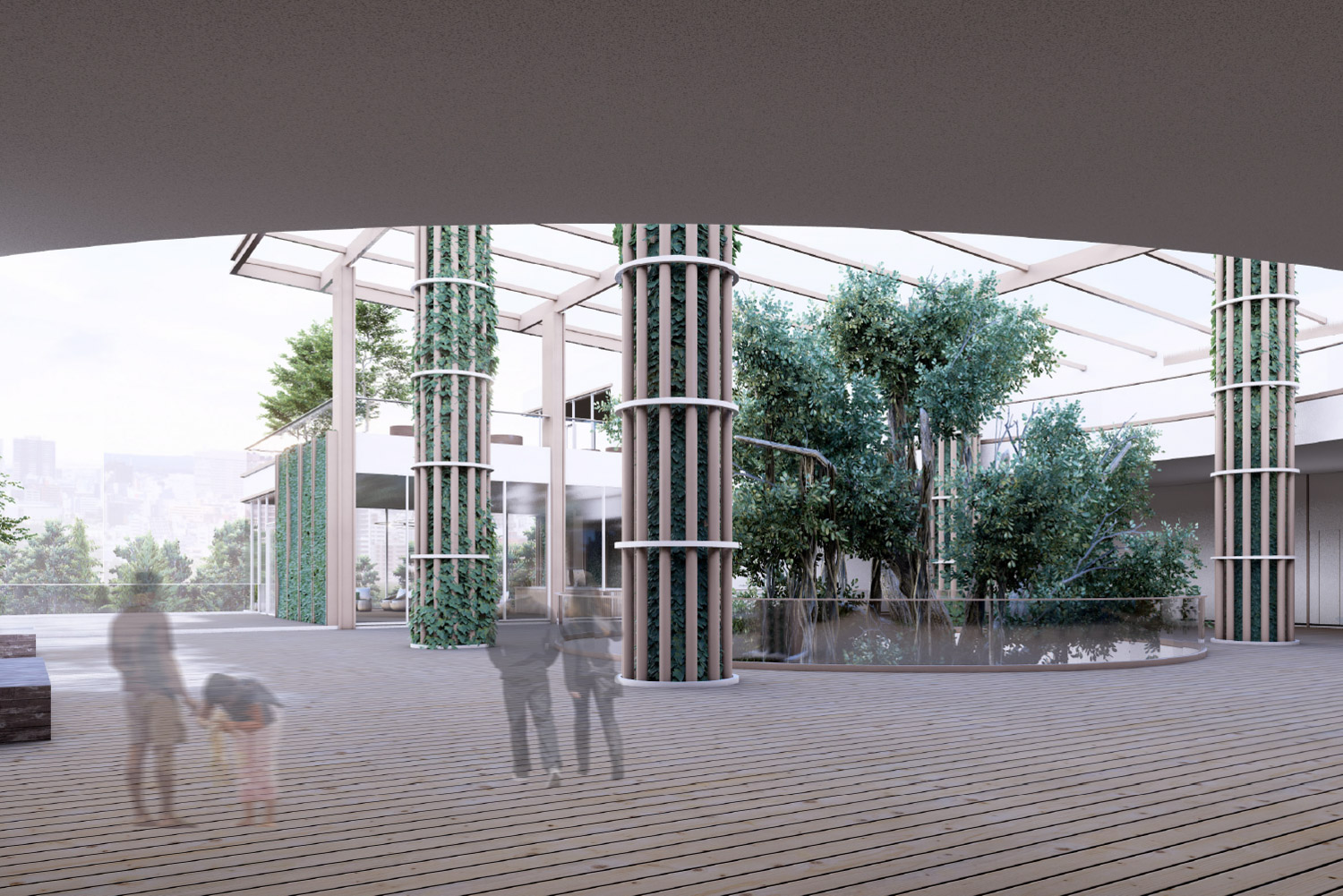Tag: architecture
LE LABO KYOTO MACHIYA
THE LE LABO FLAGSHIP STORE IN KYOTO DESIGNED BY SCHEMATA ARCHITECTS, SEEKS TO HARMONIZE THE CHARM OF TRADITIONAL JAPANESE DESIGN AND THE HISTORY OF THE BUILDING WITH A MODERN AESTHETIC
BACHELOR OF ARCHITECTURE PROGRAM (B.ARCH), FACULTY OF ARCHITECTURE, KHON KAEN UNIVERSITY
PH/AD
A STUDIO WHO CRAFTS AN ARCHITECTURAL LANGUAGE BY CONSIDERING IN CONTEXT TO DESIGN BUILDINGS THAT MEET THE CLIENTS’ NEEDS AND ALSO ENHANCE THE QUALITY OF THEIR LIVES
AAU 25+25: THE ROAD AHEAD
GAIN INSIGHT INTO THE DIRECTIONS OF ARCHITECTURE AND DESIGN FROM PEOPLE ASSOCIATED WITH THE SCHOOL OF ARCHITECTURE AND DESIGN AT ASSUMPTION UNIVERSITY THROUGH THE 25TH ANNIVERSARY CELEBRATION BOOK
VVDESINE LANDSCAPE ARCHITECTURE
A LANDSCAPE ARCHITECTURE DESIGN STUDIO, IS DEDICATED TO BALANCING GENTLE, ORGANIC TOUCHES WITH STRUCTURED, DEFINED ELEMENTS TO CREATE A SPACE THAT IS APPEALING TO MULTIPLE SENSES OF USERS
SPARKLING MARKET
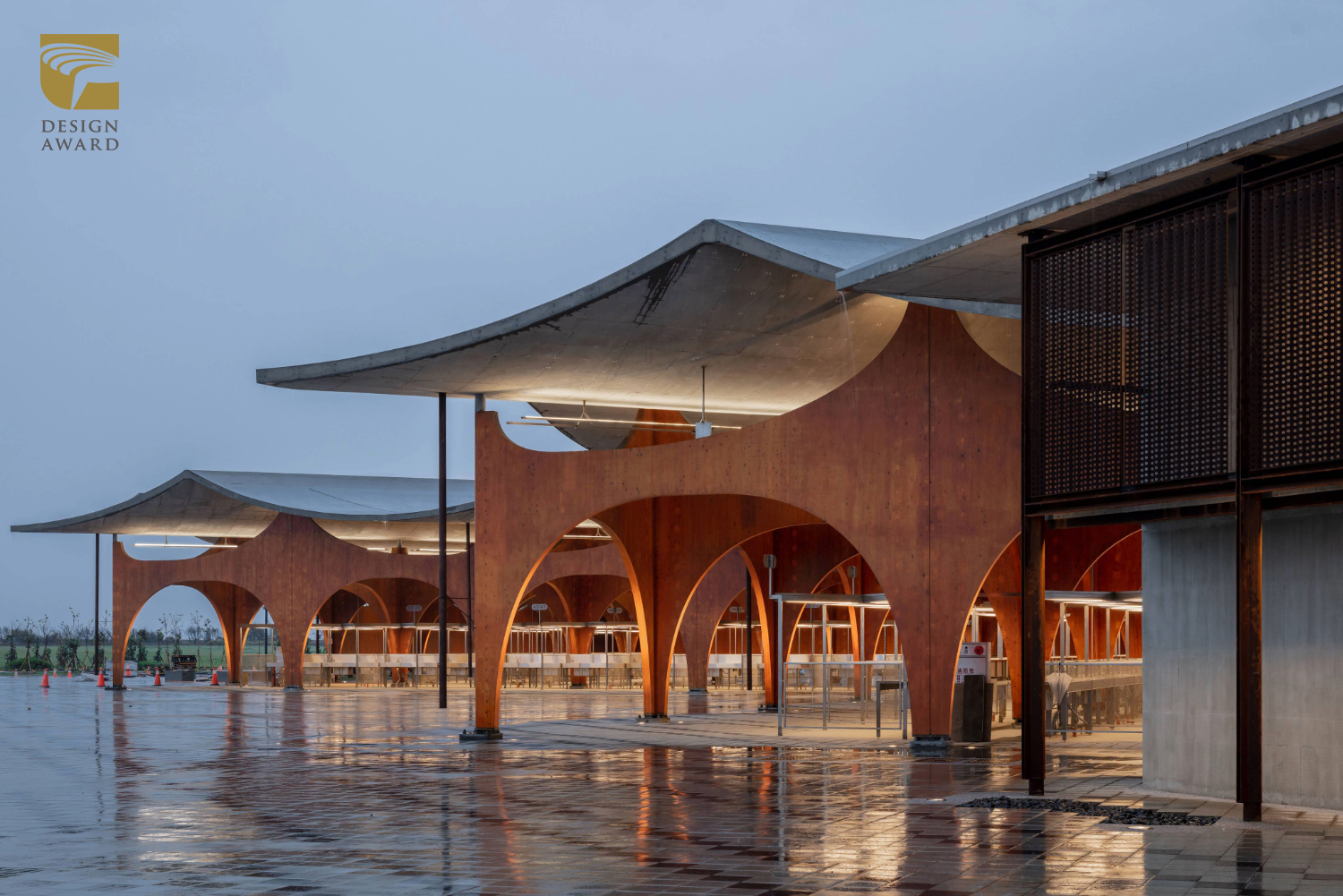
Photo courtesy of Golden Pin Design Award
RENOVATED PROJECT OF THE SPARKLING MARKET AT HSINCHU FISHING HARBOR INCORPORATES WAVE-LIKE PATTERNS AND SANDY GOLDEN HUES INTO THE DESIGN, MAKING IT ONE OF THE TOURIST DESTINATIONS AND LANDMARKS OF TAIWAN
BANGKOK UTOPIA: MODERN ARCHITECTURE AND BUDDHIST FELICITIES, 1910 – 1973
LAWRENCE CHUA’S BOOK NARRATES MODERN ARCHITECTURAL HISTORY AND URBAN ENVIRONMENT WHICH IS BASED ON BUDDHIST BELIEFS DURING 1910 – 1973
TIME STRETCHED
TEXT & IMAGE: ANTON REPPONEN
(For Thai, press here)
Time Stretched is a visual exploration that delves into the intricate interplay between time, motion and human perception. Each image in the series freezes a moment in a temporal paradox: the surroundings seem distorted in a chaotic stretch of time, while the central figure remains unchanged amidst the warped fabric of time. This results in elongated landscapes, distorted architecture, and surreal atmospheres, creating a captivating visual atmosphere.
Each image was captured in diverse locales spanning the globe, from the bustling streets of New York to the vibrant landscapes of Tokyo, Barcelona, Bangkok, and beyond. However, within the realm of Time Stretched, geographical distinctions fade into insignificance, as the viewer is transported into an abstract, distorted moment of time. Here, the central character appears alone and suspended in their own temporal bubble, detached from the constraints of place and immersed in the intriguing interplay of temporal paradoxes.
___________________
Anton Repponen is a New York-based interaction designer who co-leads the acclaimed ‘Anton & Irene’ design studio. Their diverse clientele includes renowned cultural institutions such as M+ Museum in Hong Kong and The Met Museum in New York, technological giants like Spotify, Netflix, and Google among many others. His design approach seamlessly blends architectural influences with interactive design expertise, reflecting his background in architecture and a human-centered design ethos.


